(7725 products available)


























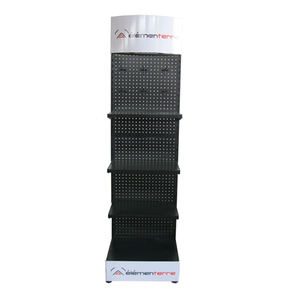










































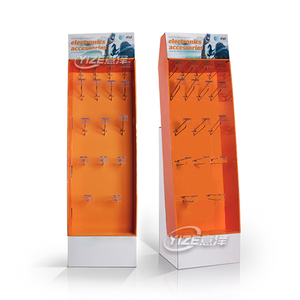









































































































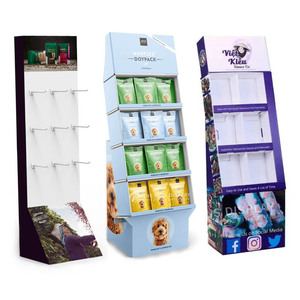
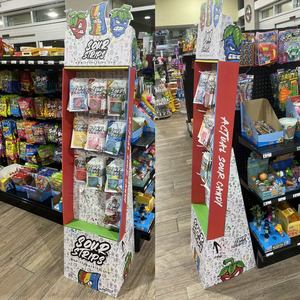
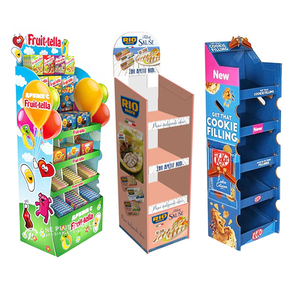
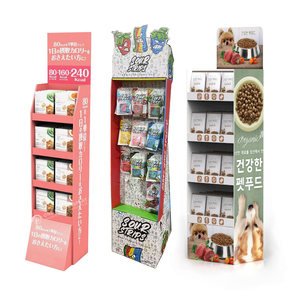




































A peg board is a board with holes that is used to store tools and other items on hanging pegs. There are different types of pegboards, including:
Metal peg board
Metal pegboards are strong and durable. They can carry a lot of weight without bending. They are also good for holding sharp tools because the surface does not get damaged easily. But metal pegboards can rust if they are not coated. They also make noise when tools touch the metal.
Masonite peg board
Masonite pegboards are made of pressed wood. They look smooth and nice. They are light in weight and cost less money. Masonite pegboards come in different colors. Some even have pictures drawn on them. But Masonite pegboards can break easily. They also soak up water. So, they are not good for using in wet places.
Plastic peg board
Plastic pegboards do not weigh much. They are easy to move around. They do not rust or get damaged from water. So, plastic pegboards are good to use outside. They work well in kitchens and bathrooms, too. But plastic pegboards can bend if very heavy tools are put on them. They may also break if exposed to very hot or cold temperatures for a long time.
Perforated hardboard peg board
These pegboards are made of hardboard. The pegs fit into holes that are made in the board. They look more natural than plastic or metal boards. They can hold a good amount of weight. Perforated hardboard pegboards are also cheaper than metal or plastic boards. But they can soak up water and get damaged over time. These boards need to be cleaned and taken care of properly.
Looking at the benefits of using a peg board, they provide an easy and customizable way to store items for quick access. They can be used in garages, workshops, and utility rooms to store tools and equipment. A peg board is a great way to keep tools organized and easy to find when needed.
The peg board can be moved and reconfigured to fit different spaces and needs. They are also inexpensive and made from materials like wood, metal, or plastic.
Features of peg boards include the following:
Material:
Metal, plastic, and wooden pegboards each have unique strengths. Consider the tools and weights. Metal handles heavier loads best. Think about durability. Metal lasts longest but may rust. Ask about user environments. Are they garages or workshops? Metal boards may suit high-demand spaces.
Holes:
Standard 1-inch hole grids fit most hooks. If unique hooks are needed, ask about custom spacing. 1-inch holes allow for many accessory placements. Custom grids work better for specific tools.
Thickness:
Consider if 1/4" or 1/8" boards suffice. 1/4" boards handle light loads. 1/8" boards work for very lightweight items. Assess load needs to pick the right thickness.
Color:
Neutral shades like white or black blend into backgrounds. Bold colors make displays pop. Think about aesthetics. What style suits the space? Ask about color options. What colors will please customers most?
Accessories:
Consider what extra parts are needed. Standard hooks, shelves, and bins fit most boards. Unique tools may need custom racks or holders. Ask about all accessory options. What will customers need to fully use the board?
Installation:
Boards that mount directly to studs are very secure. Some need space from the wall for pegboard hooks to fit. Ask about installation methods. What will installers prefer - wall-mounted or stud-mounted?
Maintenance:
Metal pegs clean with damp cloths. They may need anti-rust treatment. Plastic boards just wipe down. Consider the material's care needs. Ask about longevity. What maintenance will keep boards in top shape longest?
Customizations:
Some suppliers make boards to order. They may accept logo designs or unique sizes. For large projects, custom boards meet exact requirements. Discuss all customization possibilities. What special requests could other businesses have?
Supplier support:
Reliable suppliers offer project help. They provide load guides and installation tips. They answer maintenance questions. Look for partners who support every peg board need.
Q1: What are the weight limits for items hung on a pegboard?
A1: Weight limits vary based on the pegboard type and thickness. Masonite boards typically support lighter items, while metal boards can hold heavier tools. It's essential to check specifications and distribute weight evenly.
Q2: Can a pegboard be painted over multiple times?
A2: Yes, a pegboard can be painted multiple times. However, using thin layers of paint is advisable to maintain the integrity of the holes. Consider using water-based paints to minimize clogging the pores.
Q3: Are there waterproof pegboards for outdoor use?
A3: Yes, there are waterproof pegboards suitable for outdoor applications. They are usually made from durable, weather-resistant materials like galvanized steel or high-density polyethylene (HDPE) plastic.
Q4: Can someone install a pegboard without tools?
A4: Installation typically requires basic tools like a level and screwdriver. There are ways to install pegboards without tools, but the result may not be as precise. Using adhesive hooks is a tool-free alternative for wall placement, but it won't be as secure as a drilled-in pegboard.
Q5: What are the alternatives to pegboards for wall storage?
A5: Alternatives include slat walls, mesh panels, magnetic boards, and wire shelving. Slat walls consist of horizontal grooves in the wall that hold various hooks and accessories. Mesh panels offer a similar hanging solution but with a different aesthetic. Magnetic boards work by using magnets to secure items, while wire shelving provides a grid-style storage option that can hold various objects.